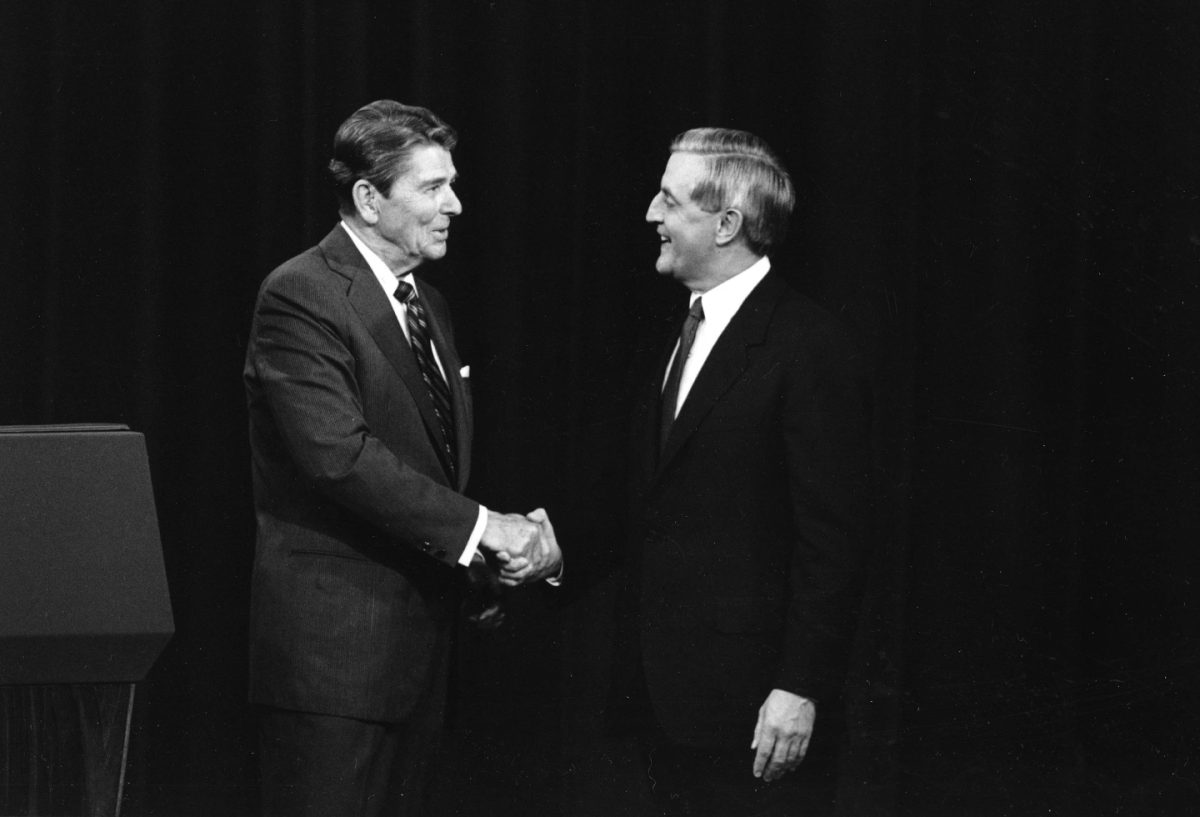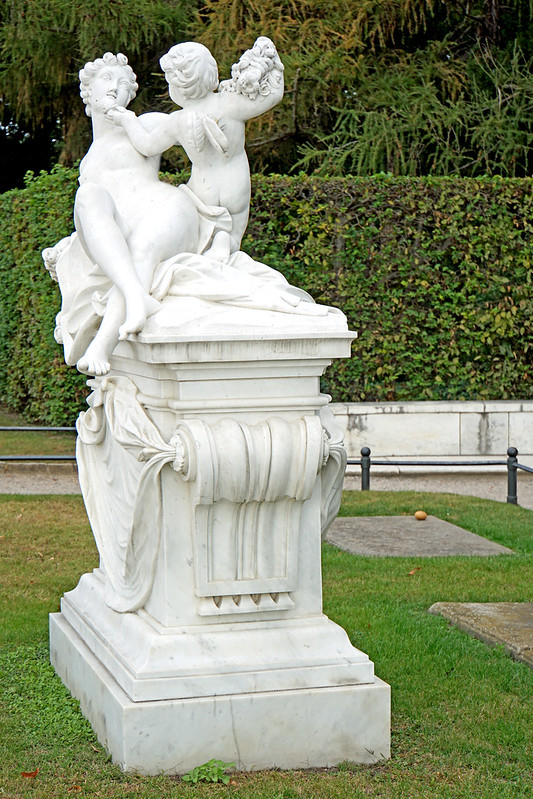We’ve all heard the argument that professional sports stadiums suck up funds that could be used for other provisions, and they should not receive government subsidies.
Speaking from a completely economic standpoint, this is probably true.
The belief that economic impact creates wealth for a city is false. The job-creation argument associated with financing these constructions is relatively irrelevant compared to the costs.
Actually, the debt situation in some cities can actually be significantly worse if a city decides to construct a new stadium or heavily renovates an existing one. However, professional sports stadiums do have the potential to give small to medium-sized media markets the edge to become “big-time cities.”
Economists and private contractors agree that the construction of professional sports stadiums are an economic burden on its home city. However, the groups that often perform these analyses have a preconceived notion that all revenue generated by these stadiums ends up as part of a team’s salary cap or as general funds for the team — not its home city.
Rob Hunden, owner and analyst for Hunden Partners, a real estate development advisory practice in Indianapolis, notes that these groups are often “self serving” and “often inflate the spending impacts” using non-conclusive multipliers.
The key here is that professional sports do not operate within a market-based system. The four major professional leagues, the NBA, NFL, MLB and NHL act as monopolies untouched by any direct competition. The demand curve among professional sports fans is inelastic because there is no true substitute for the sights, smells and sounds of a professional sporting event for loyal fans.
Inherently, the system is not cut and dry because television providers and the salary cap play a large role in the distribution of funds. However, if a cost-benefit analysis to build a new stadium is done, it must take into account the unique complexities of this market.
Professional stadiums may come with a hefty price tag, but they have the potential to give small to medium media markets a place on the map.
To be honest, I learned a lot about United States geography by watching professional basketball with my dad and studying where some of the more obscure teams were located.
The truth is, most people would enjoy living in a “big league city.” In New York, for example, the economic and social impact of building a stadium would be significantly less because it is one of the biggest media markets in the world. Most of the time, tourists visit New York to explore the city and go see a professional game on the side. In some ways, the Yankees, Giants, Jets and Mets games are just like any other revenue-generating entertainment option for people to enjoy such as Broadway or the bar scene at night.
Indianapolis, on the other hand, a medium-sized media market based on its population of 900,000, is known for being walkable, clean and boasts of its “Hoosier Hospitality.”
Not only does it host the world famous Indianapolis 500 and Brickyard 400 in Speedway, Indiana, as well as two major professional sports teams, but in the last 10 years, the city has hosted two NCAA men’s and women’s Final Four tournaments, a Super Bowl, the NFL Combine and several Big Ten men’s and women’s basketball tournaments.
In the case for small to medium-sized media markets across the country like Indianapolis, hosting Big Four teams draw crowds to the city that would not otherwise be there.
In the 21st century, fans are able to access scores, stats, fantasy games and live streaming on multiple devices, causing a spike in fan engagement. Fan bases for specific teams are now wider and deeper than ever before.
From a local standpoint, when teams are winning, people like to have something to root for. When teams are losing, people like to have something to complain about. Leading up to and following their Super Bowl victory led by the five-time NFL MVP winner, Peyton Manning, the Colts game was a hot ticket and brought many visitors to Indianapolis. People were out and about in a city that rarely has that kind of excitement.
This chain reaction can be viewed as a series of causes and effects. Without a stadium, there would be no team. Without a team, there would be no fans. Without fans, there would be significantly less commerce in the city as a result of professional sporting events.
The construction of major sports stadiums often results in the development of convention centers and hotels to host other non-sports related events, as well.
For example, Indianapolis often hosts the National Catholic Youth Conference and Gen Con Convention because the facilities are easy to navigate.
However, the competition between cities to construct state-of-the-art arenas is at an all time high. The professional facilities, “arms race” is a real thing.
Fans are attracted to club seating, luxury boxes, high definition jumbotrons and season-ticket packages. In order to keep pleasing them, city planners feel as if they need to compete to create the ultimate sporting event experience.
A stadium has a useful economic life of around 30 years. However, stadiums are given facelifts and updated for television around every 15 years. Perhaps many cities would be in reduced economic trouble if they renovated on a less frequent basis.
As a native of Indianapolis, I wholeheartedly believe the Colts and Pacers play an important role in instilling a sense of unity throughout the state of Indiana and give Indianapolis a “big-time city feel.”
Both Bankers’ Life Fieldhouse and Lucas Oil Stadium are considered nice facilities, attracting a wide range of events to the area.
Numbers aside, professional stadiums have the potential to put a smaller city on the map.
For larger markets, however, these facilities blend into the larger entertainment sphere of a city.













